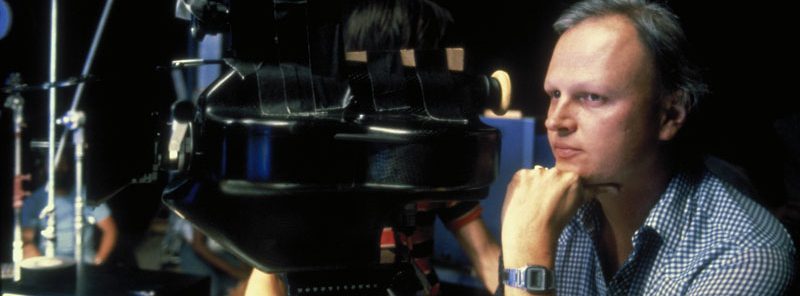After rescuing Han Solo from the palace of Jabba the Hutt, the rebels attempt to destroy the second Death Star while Luke struggles to make Vader return from the dark side of the Force.
Return of the Jedi exemplifies ILM at its core: technical innovation meeting creative innovation. From ILM’s construction of a new camera rig they called the Technirama – a high speed, servo-driven track system capable of very fast moves – to Lucasfilm Computer Division’s development of a wire-frame “holographic” model of the Death Star under construction, to the methods used to capture Princess Leia being chased through a redwood forest on a speeder bike, Return of the Jedi expertly melded the creative and technical worlds to overcome challenges and create some of history’s greatest movie magic.
Rather than build a miniature forest and film Leia’s Endor chase with motion control cameras, ILM had Garret Brown — who had invented the Steadicam — walk through a redwood forest near Eureka, California while shooting a frame every few seconds. ILM then ran the film at 24 frames per second, which increased the apparent speed more than 5,000 percent. Optical compositing sent Princess Leia (Carrie Fisher) — filmed on a blue screen stage — speeding through the forest.
